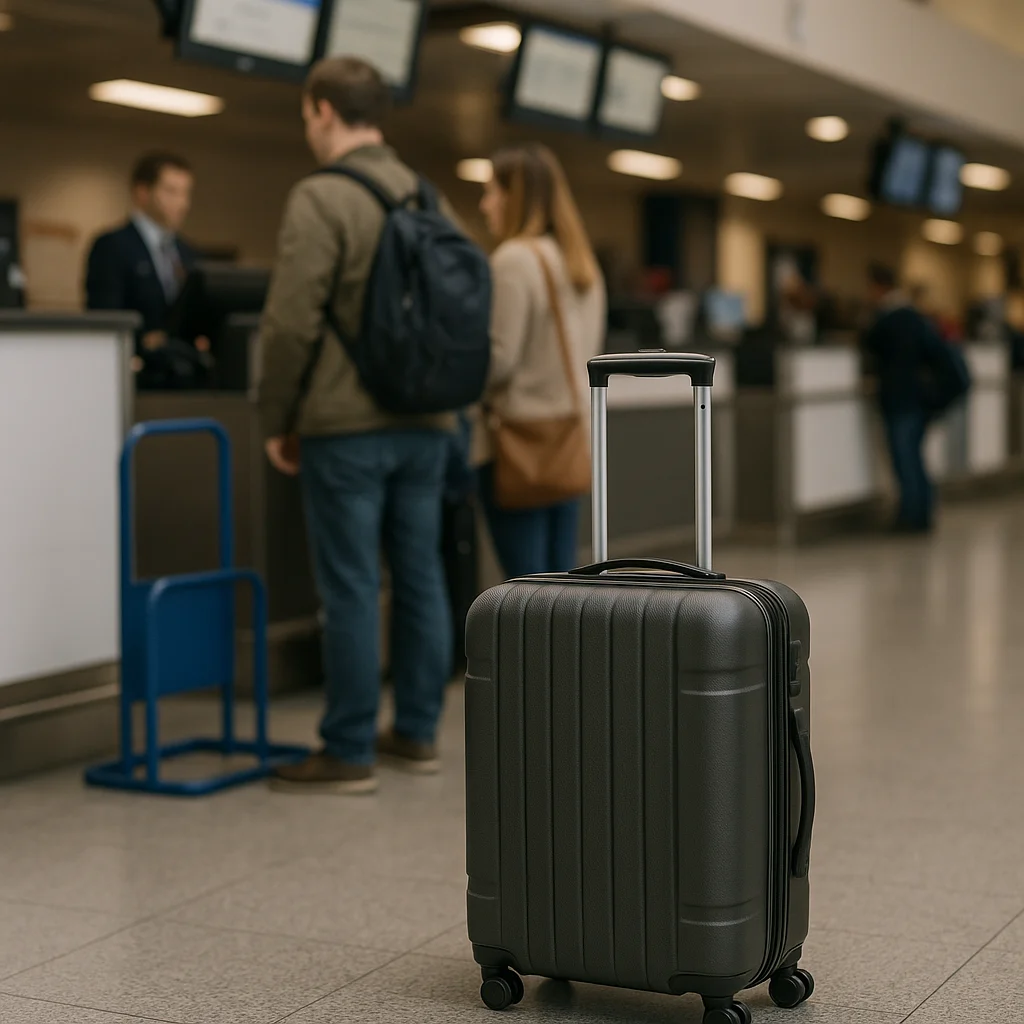Why 2025 Could Be a Game-Changer for Cheaper Flights
Air travel is on the cusp of a transformation that promises more affordable options for travelers worldwide. With evolving technologies, shifting airline strategies, and regulatory changes, 2025 looks set to usher in a new era of cheaper flights. Whether you’re planning a vacation, a business trip, or an impromptu getaway, understanding the factors driving this trend will help you make smarter travel decisions and stretch your travel budget further.
As airlines adapt to post-pandemic realities and embrace innovative solutions, price competition is intensifying. Passengers can expect more deals, better services at lower costs, and increased accessibility to air travel. This shift not only benefits consumers but also revitalizes the aviation industry, creating fresh opportunities for travelers and airlines alike.
Technological Advances Driving Lower Airfares
Fuel Efficiency and Sustainable Aviation
One of the key contributors to cheaper flights is the advent of more fuel-efficient aircraft. Airlines are investing heavily in new-generation planes that burn significantly less fuel per mile traveled. This decrease in operating costs often translates to lower ticket prices for passengers.
– Introduction of next-generation models like the Boeing 737 MAX and Airbus A320neo.
– Increased use of sustainable aviation fuels (SAF), which are becoming more cost-competitive.
– Enhanced aerodynamics and lightweight materials reducing overall fuel consumption.
These advancements not only reduce expenses but also appeal to environmentally conscious travelers, helping airlines tap into a broader market.
Digital Innovations Streamlining Operations
Technology is streamlining airline operations and cutting costs, which can lead to cheaper flights.
– AI-powered pricing models optimize seat allocation and fare adjustments dynamically.
– Automation in check-in, boarding, and baggage handling reduces labor costs.
– Improved predictive maintenance for aircraft minimizes downtime and unexpected expenses.
For example, airlines using AI tools can adjust prices in real time to fill flights efficiently without sacrificing profitability, passing savings on to customers.
The Impact of Airline Competition and Market Trends
Rise of Low-Cost Carriers (LCCs)
Low-cost carriers continue to disrupt the market by offering bare-bones services at prices significantly lower than traditional airlines.
– Many LCCs are expanding their fleets and routes, entering new markets previously dominated by legacy carriers.
– These airlines often operate out of secondary airports to reduce fees.
– Ancillary revenue strategies (e.g., charging for extras) keep base fares low.
This competitive pressure forces legacy airlines to re-evaluate pricing structures, leading to reduced fares across the board.
Post-Pandemic Recovery and Increased Capacity
The aviation industry has been recovering steadily since the COVID-19 pandemic, with many carriers restoring flights and increasing capacity.
– Rising passenger confidence post-pandemic is driving demand.
– Airlines are leveraging this demand by increasing flight frequency, stimulating price competition.
– Governments easing travel restrictions spur market rebound, benefiting consumers.
Increased seat availability combined with recovering demand often creates a buyer’s market, enabling airlines to offer cheaper flights through promotions and flexible booking options.
How Changes in Regulation Could Lower Flight Costs
Open Skies Agreements and Market Liberalization
Governments worldwide are working to liberalize air travel through bilateral and multilateral agreements known as Open Skies.
– These agreements reduce restrictions on routes and capacity between countries.
– Encouraging new airline entrants promotes competition.
– Cheaper bilateral agreements can reduce operational costs for carriers.
For travelers, this often means access to more direct routes at lower prices.
Airport Fees and Taxes Under Review
Various countries and airport authorities are reconsidering fees and taxes that have historically added to ticket prices.
– Some airports are reducing landing fees to attract more airlines.
– Governments examining passenger taxes to encourage tourism and economic recovery.
– Potential reforms could result in lower overall ticket costs.
Monitoring changes in taxation and fees can help travelers anticipate when and where cheaper flights become available.
Smart Strategies for Booking Cheaper Flights in 2025
Timing Your Purchase
Knowing when to book can drastically affect your airfare costs.
– Ticket prices tend to be lower 6–8 weeks before departure for domestic flights.
– For international travel, booking 2–5 months ahead is often ideal.
– Midweek purchases and flights generally offer better deals.
Using fare alert tools and apps can help track fluctuating prices to snag the best offers.
Flexible Travel Plans
Flexibility is a major asset for travelers seeking cheaper flights.
– Being open to flying on less popular days (Tuesdays, Wednesdays) often yields lower prices.
– Considering alternative nearby airports can reduce costs.
– Off-peak travel seasons typically provide significant savings.
Airline networks expanding will also provide more choices, influencing flight costs favorably.
Emerging Travel Destinations Offering Budget Opportunities
Some regions are experiencing rapid growth in air connectivity, contributing to cheaper flights.
– Southeast Asia, with expanding LCC networks, offers economical flights between countries.
– Eastern Europe and the Balkans are becoming more accessible with increasing airline services.
– South America’s growing aviation market brings competitive pricing to popular and lesser-known destinations.
Emerging markets benefit from airline competition, infrastructure investments, and tourism promotion, all translating to attractive flight deals.
The Role of Travel Technology in Unlocking Cheaper Flights
New platforms and tools empower travelers to find and book cheaper flights more easily.
– Fare comparison websites aggregate prices from hundreds of airlines and brokers.
– AI-based travel assistants predict price drops and optimum booking windows.
– Mobile apps provide instant notifications on flash sales and promotional fares.
Integrating these tools into your travel planning ensures you never miss an opportunity for savings.
Looking Ahead: What Travelers Should Expect
With these trends converging, cheaper flights are poised to become the norm rather than the exception by 2025. Airlines adapting to sustainability goals, embracing technology, and competing vigorously will create a market that favors consumers. Meanwhile, savvy travelers who employ smart booking strategies and utilize technological aids will reap the greatest benefits.
The evolution of affordable air travel also holds the promise of making global exploration accessible to more people, promoting cultural exchange and economic growth worldwide.
Before booking your next trip, explore all available options, stay informed about airline and regulatory developments, and leverage modern travel tools to secure the best possible fares.
Unlock your next adventure with confidence, knowing that cheaper flights are within reach.
For personalized advice and tips on navigating the 2025 travel landscape, visit khmuhtadin.com and start saving on your next flight today.




